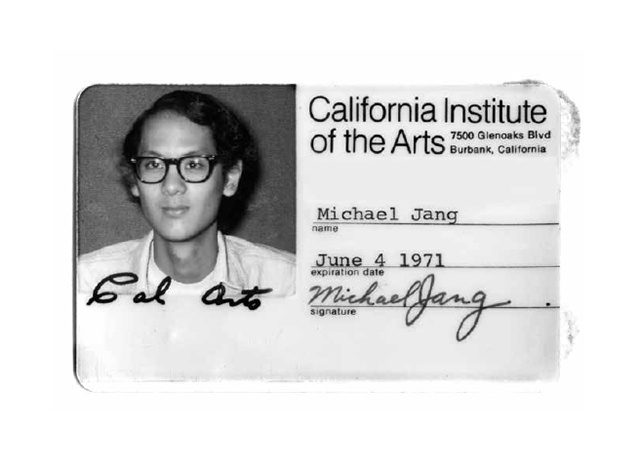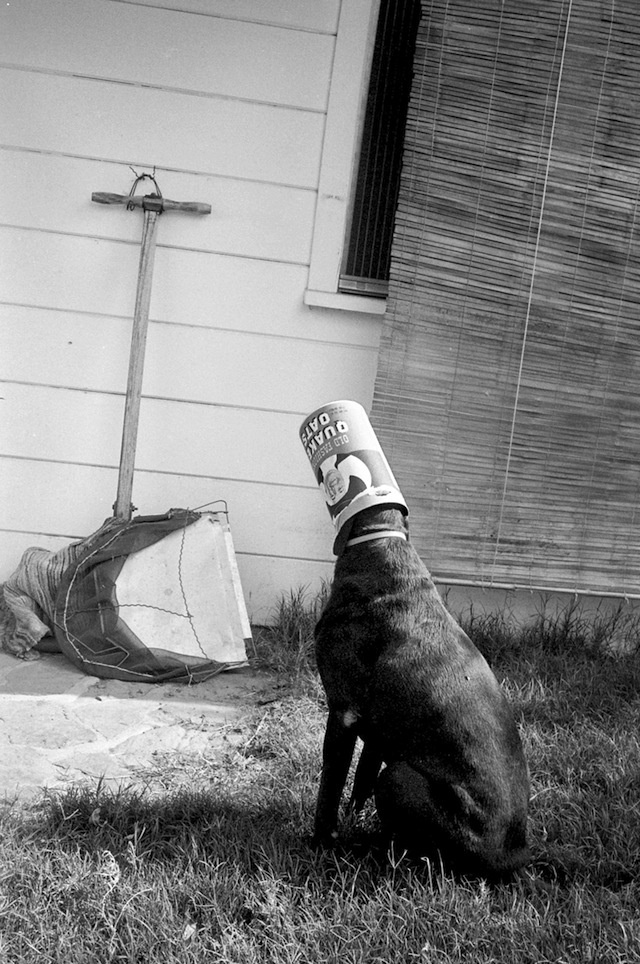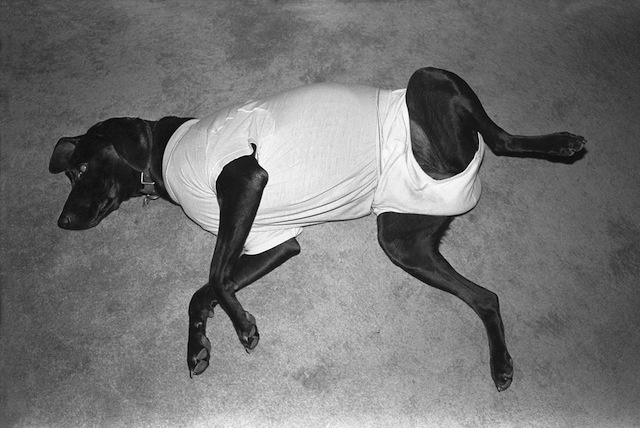
Annons

Michael Jang: Yeah [laughs], 40 years later – yet it seems to be relevant, somehow.How'd you get into photography?
Well, I got accepted to a design school and photography was just an elective. So I just took it for fun. The teacher showed pictures from Diane Arbus, and Lee Friedlander, and Robert Frank, and Garry Winogrand – which was a trip because I thought it was just going to be Ansel Adams.Some of your photos were just homework then.
Two projects were – The Jangs and The Beverly Hilton – where I just crashed parties for a semester. It was all celebrities, so I’d put on a suit and tie and sneak in. I went every weekend until they finally kicked me out.

The pictures that you see in College are from me walking around with a camera all the time – not for my elective specifically, but rather to keep my chops together. Like doing musical scales so to speak – to be fluid. When you do street photography, you have to sense that picture coming, before it happens; you have to be in the right place and time.I’d walk the halls of Cal Arts and I would hear people behind closed doors singing, dancing, and taking breaks to unwrap their blistered feet. The painters were always painting, and the photographers would pack up their gear and do their big photo-safari weekend once a week maybe, and then come back and spend the rest of the time doing the negatives, the contact sheets another day, work prints another day, and that was your week or two. I thought the actual way to get better at photography was taking pictures, not doing all the darkroom stuff. It is important your first year, but after that…
Annons

For me, it was just a fun way to interact with friends. These were never meant to be seen or shown until Ray at Hamburger Eyes got hold of them this past year and made the book.After the show we put on for the Jangs did well, he asked if I had more stuff so that we could do something bigger. I didn’t have anything in mind, but I had just assembled Cal Arts photos for putting online for alumni friends – and he loved them.What I really like is that the book includes your grades – sort of.
You mean the report card?Yeah.
It’s crazy; isn’t it?

I know. Yeah, and this is what’s fun about getting to release a body of work years later. You have to go back to 1972, 1973 – you’re a student, you’re seeing this great work, and you’re trying to pay tribute to people like Eugène Atget, Diane Arbus, Walker Evans. The books, the shows – they all look a certain way.Forty years later, they have a whole different audience. Now there's three generations behind me and the internet. It’s crazy to participate in giving something new life – it's almost like recontextualising it.The biggest thing that jumps out to me is that people 40 years ago weren’t scared to get their picture taken. Nowadays, you'd end up with lots of photos of people holding up their hand toward the lens.
Yeah, it's interesting how things have changed. There was actually a Cal Arts reunion a while back, and I got the invite. You know what it said on there? NO PHOTOGRAPHY.
Annons

Well, about 10 years ago I heard that you could drop work off at the San Francisco Museum of Modern Art and they have to look at it. You might not get a call, but you'd just drop it off just in case. They actually called me to come in – they put me in this room, the head curator was there and they were wondering what the deal was with this work. I thought that was a good sign.My report card, for example, didn’t give me any real feedback. I just didn’t know whether it was good or not, but once you have that kind of feedback, support, you get to have a lot of fun.

Oh, yeah, up until now we’re still only the College stuff – we haven’t touched San Francisco, the whole punk scene, and my work from the 80s and 90s, when I worked for things like TV stations, banks and law firms. Those should be ripe one day too.Have you gotten any feedback from your alma mater?
Definitely. We’re all connected with social media now and they’re excited that the book is out. When you’re in college you don’t get a yearbook; this is the yearbook for them. Occasionally I’ll ask someone, “Is it OK to publish this? You don’t have any clothes on,” and they all say go for it. It’s all equal opportunity fun.With the success of the book is that almost a finger back?
Yeah, but if you read it, the criticism was all, “Use a flash – it’s easy; they’re easy targets; they’re grotesque.” He was telling me to get into more personal aspects of people’s lives, which is why I made the Jangs. So in a way, I kind of listened to my teacher and it’s all been good. In a way, yeah, it’s a finger back, but it’s also valid, the criticism.Buy a copy of College from Hamburger Eyes' web store.Follow Jesse Miller-Gordon on Twitter.